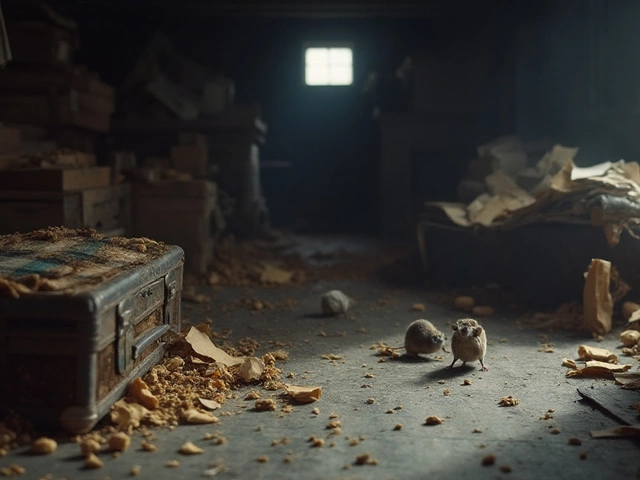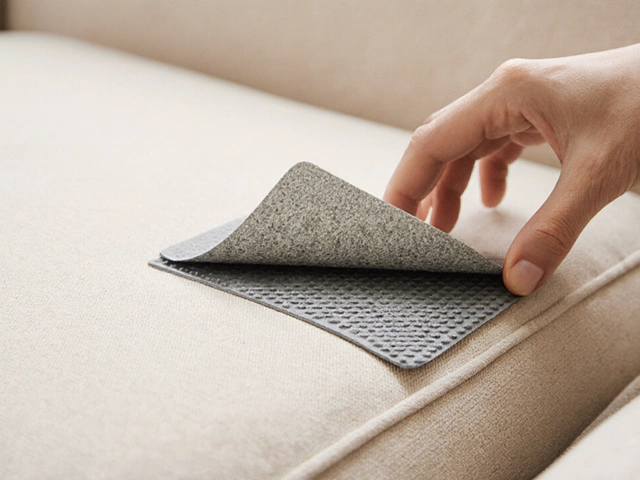Sofa Cushion Longevity: How to Make Your Cushions Last
Ever noticed your favourite couch losing its bounce after a few years? It’s not magic – cushions just wear out. The good news? A lot of that wear can be slowed down with a few easy habits. Below are the everyday moves that keep your cushions supportive and looking fresh.
Everyday Care Tips
First off, rotate your cushions regularly. Pull them forward, flip them around, and let the other side take the load. Doing this every month prevents one spot from getting a permanent dip.
Spills happen. The faster you blot, the less chance of a stain setting in. Use a clean cloth, press gently – don’t rub, that pushes the liquid deeper. For fabric cushions, a mild soap solution works; for leather, a leather‑specific cleaner is safest.
Cover your sofa with a breathable protector when you’re not using it. This blocks dust, pet hair, and UV rays that can dry out foam. Choose a protector that fits snugly so it doesn’t shift and cause uneven wear.
Vacuum the cushion surface once a week. A soft brush attachment lifts dust and prevents it from grinding into the foam over time. If you have a pet, a lint roller can help pull hair off before it builds up.
When to Replace Foam
Even with perfect care, foam loses its resilience. You’ll know it’s time to replace when you sink in noticeably more, or the cushion feels lumpy no matter how you shift it. Most high‑density foams last 5‑7 years, while lower‑density fills may need replacement after 2‑3 years.
Replacing foam isn’t as pricey as buying a whole new sofa. In Australia, a 2‑inch high‑density foam slab costs around $30‑$45 per square metre. DIY‑savvy homeowners can pull the cushions out, cut the foam to size, and zip it back in. If you’re unsure, a local upholsterer can do it for about $80‑$120 per cushion.
When you re‑foam, choose a density that matches your use. A 30 kg/m³ foam works well for everyday family rooms, while a 35‑40 kg/m³ option is better for high‑traffic areas or heavier users.
Don’t forget the cushion cover. If the fabric is worn, replace it at the same time as the foam. A fresh cover not only looks better but also protects the new foam from premature wear.
Finally, keep an eye on the cushion’s edges. If seams start to split, stitch them up before the foam pushes through. A quick needle‑and‑thread fix can buy another year or two of life.
By rotating, cleaning promptly, using protectors, and knowing when to re‑foam, you’ll squeeze the most out of every dollar you spent on your sofa. Your couch will stay comfy, supportive, and looking great for years to come.






